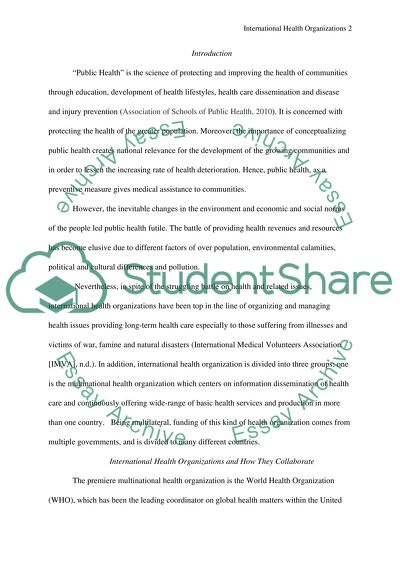Cite this document
(“International Health Organizations Term Paper Example | Topics and Well Written Essays - 2000 words”, n.d.)
Retrieved from https://studentshare.org/health-sciences-medicine/1434839-how-international-health-organizations-such-as-who
Retrieved from https://studentshare.org/health-sciences-medicine/1434839-how-international-health-organizations-such-as-who
(International Health Organizations Term Paper Example | Topics and Well Written Essays - 2000 Words)
https://studentshare.org/health-sciences-medicine/1434839-how-international-health-organizations-such-as-who.
https://studentshare.org/health-sciences-medicine/1434839-how-international-health-organizations-such-as-who.
“International Health Organizations Term Paper Example | Topics and Well Written Essays - 2000 Words”, n.d. https://studentshare.org/health-sciences-medicine/1434839-how-international-health-organizations-such-as-who.


